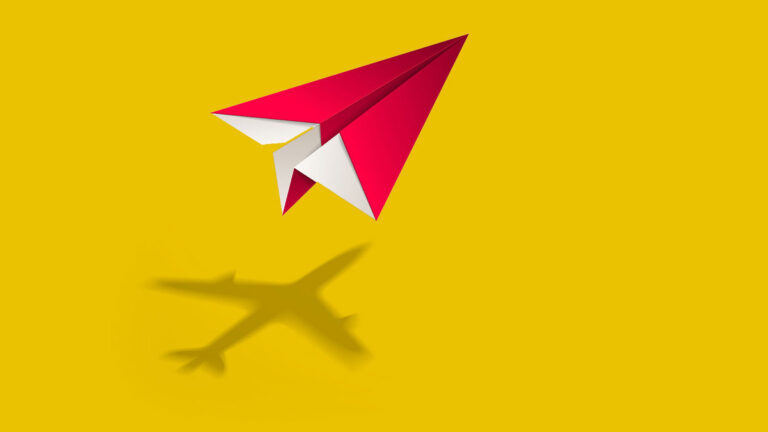Stay Up to Date
Submit your email address to receive the latest industry and Aerospace America news.
Q: Paper airplanes, such as in AIAA’s template, fly pretty well without tails. Why, then, do most full-scale aircraft have them?
Send a response of up to 250 words that someone in any field could understand to [email protected] by noon Eastern June 20 for a chance to have it published in the next issue.
—
From the May issue: LIFE WITHOUT FLAP TRACK FAIRINGS
We asked you to write a letter on behalf of the members of fictional band Flap Track Fairings describing the purpose of the component that inspired the band’s name.
WINNER: Ignorance is always a great tragedy. Society steps backward when ignorance reveals itself. Recently a critic of our band, Flap Track Fairings, deemed the aircraft component after which we are named to be devoid of function. We do not mind the constructive criticism of our music. We only take issue with the custodians of culture who dare to lecture the world about the utility of things they do not understand. Flaps change the shape of the wings of aircraft so that they can take off and land slowly, and therefore safely. The machinery used to articulate the flaps, however, is so enormous that they protrude into the wind even when stowed for cruising flight. This disturbs the airflow and causes large amounts of drag, decreasing range and increasing fuel consumption. A life without flap track fairings would mean that the critics of the variety that we speak would not be able to travel quite so far as they do now in comfort, speed and style to meet their friends and colleagues around the world to share their art and together decry the influence of “inhuman” science and engineering. Music certainly did not advance when the sole mode of global transport was a rotting wooden sailboat under siege by pirates. Or an ocean liner that had hit a small iceberg. We hope the person of whom we speak can learn to appreciate our engineering art and therefore no longer suffer the embarrassment of having this lack of knowledge exposed.
Shawyong, AIAA student member
Boulder, Colorado
Shawyong studies aerospace engineering at the University of Colorado Boulder.
Stay Up to Date
Submit your email address to receive the latest industry and Aerospace America news.




